How Social Media Indirectly Influences SEO and Backlinks
Disclosure: This post may contain affiliate links. This means that if you click on a link and make a purchase, I may earn a small commission at no extra cost to you. I only recommend products and services I truly believe will add value to you.
Building a strong backlink profile is something that every affiliate marketer should keep in mind. Not only does this help with search engine rankings, but it can also drive targeted traffic to your affiliate offers. Using social media can be a really handy way to boost your backlink profile, especially if you’re just getting started or looking for a push beyond classic outreach strategies. Here’s my breakdown on using social media to step up your backlinks for affiliate marketing sites, with practical tips based on what’s actually worked for me over the years.
![]()
Why Social Media Matters for Affiliate Marketers
Social media is way more than just a place to scroll memes or chat with friends. For affiliate marketers, it works as a powerful tool to get your content in front of more people and earn natural backlinks at the same time. Most social networks show up high in search results, and content shared there can get picked up by bloggers, journalists, and other site owners looking for sources and references.
Platforms like X (formerly Twitter), Facebook, Pinterest, and LinkedIn are regularly crawled by search engines. So, if you’re sharing valuable, original affiliate content, there’s a decent chance someone will link back to it. This is especially true for content that solves problems, reviews products, or offers unique tips—pretty common in the affiliate marketing world.
Getting Started: Setting Up Social Profiles for Backlinks
Your first move should be making sure your affiliate brand has a professional presence across the major social networks. Each profile usually lets you add at least one “website” or link field. These are almost always “nofollow,” but don’t ignore their value—they still create a connection from a trusted domain to your own site, and search engines take note of these relationships.
- Complete Profiles: Fill out everything—bio, logo, cover photo, and your website link. Keeping things consistent builds trust and signals authority in your niche.
- Branding: Use the same handle and profile picture everywhere if you can. This way, people can spot your affiliate brand no matter where they find you.
- Link Placement: Wherever possible, add links not only in your profile’s website field, but also in pinned posts, social posts (for platforms like LinkedIn or Facebook), or even the About section where available.
Content That Attracts Natural Backlinks
From my experience, not all content gets shared or linked equally. Certain kinds get far more attention, which can result in direct backlinks—especially if your target audience includes bloggers or industry writers who might want to feature your posts.
- In-Depth Reviews: Affiliate reviews packed with real-world pros and cons, clear images, and usable insights are often referenced in roundups or comparison articles.
- DataDriven Posts: Fresh research, infographics, or case studies in your affiliate niche—like commission breakdowns, conversion rates, or experimental social media tests—are usually picked up if they add new data to the web.
- Resource Lists: “Best of” lists, toolkits, and buyer’s guides that include affiliate links can serve as reference points for others making similar content, making it easier to snag organic links.
- Tutorials and HowTos: Step-by-step guides tend to get reshared, saved, and referenced, especially when you offer a unique spin or insider tips on using or optimizing a specific product.
If you keep things comprehensive, well-structured, and genuinely helpful, people are much more likely to stumble upon your content and feel it’s worth sharing or linking to themselves.
Quick Guide: Steps To Use Social Media for Backlinks
- Choose Key Platforms: Concentrate on networks where your ideal users hang out. For example, if you’ve got a B2B product, X and LinkedIn are usually the best options. For home decor or fashion, Pinterest or Instagram might deliver more value.
- Share Regularly: Drop links to your site naturally by mixing promotional posts with useful or community-focused updates. Avoid spamming your feed exclusively with affiliate links as it can put people off.
- Get Involved and Network: Reply to comments, jump into conversations, and join relevant groups. Building relationships can unlock genuine shares and links from bloggers in your area of interest.
- Tag and Mention: If you’re talking about a product, company, or another influencer, make sure to tag them. Brands sometimes reshare or even link back to positive reviews, and industry folks might do the same if you provide something valuable.
- Monitor Brand Mentions: Use alerts for your name or site. When someone mentions you on social platforms, a respectful message or email asking if they’ll add a link to your content can work wonders.
Sticking to these steps can help fire up a cycle where your content keeps getting shared and discovered, leading to more backlinks as time passes.
What To Watch Out For When Using Social Media Links
There are a few common myths and issues to keep an eye out for when depending on social media for backlinks. While social links don’t always give direct ranking boosts due to “nofollow” tags, their indirect benefits can be significant. Here are some issues that often trip up new affiliate marketers:
- Link Quality: Most social links don’t send much “link juice” since they’re marked as nofollow, but they do provide visibility and can set off a waterfall of organic backlinks from those who find your stuff interesting.
- Spam Risks: Posting too frequently or dropping links in tons of groups just to get attention can get you marked as a spammer or banned. It’s better to put value and authentic interaction first.
- Consistency: If you post only every couple of months, it’s hard to see lasting results. Being steady with weekly posts and engagement keeps your brand top of mind for your followers and potential linkers.
- Tracking Results: Tools like UTM codes and Google Analytics let you measure which of your social links drive referral traffic and actual backlinks. This info helps you focus effort where you’re getting the best bang for your buck.

Spotlight on Automation Tools
If juggling multiple platforms is too much, automation tools like Buffer, Hootsuite, or Tailwind (for Pinterest) can make things way simpler. These tools let you set up posts in advance, track analytics, and guarantee your affiliate content stays visible without the stress of daily manual posting.
Advanced Tips to Really Take Things Up a Notch
If you’ve mastered the basics, getting creative can give your results a serious boost. Here are some strategies that have worked for me and others:
Host Giveaways or Contests: Put together a contest featuring an affiliate product and invite users to share or link to your page. This not only brings in new traffic and leads but can land you editorial backlinks from contest roundup sites.
Create Shareworthy Assets: Assets like infographics, cheat sheets, or quick reference PDFs in your niche are often picked up and shared. They’re also likely to be featured on forums or included in resource pages—extra link potential.
Participate in Social Threads: Regular Twitter chats, Reddit AMAs, or Facebook Lives with fellow marketers let you show off your expertise. Sharing your own guides or reviews during these events (when allowed) can lead to links from recap blog posts or newsletters that summarize the discussion.
Make Use of Influencer Marketing: Team up with influencers in your space. Even a friendly mention can cause a ripple effect, leading others to share your content or link it as they follow the influencer’s lead and amplify your message.
RealWorld Examples in Affiliate Marketing
I’ve seen plenty of affiliate marketers get great results with even a small investment of time into social media link building:
- Affiliate Review Blogs: Sharing real, hands-on reviews on X and tagging the product company can result in a share or link from the brand’s blog or official pages.
- Pinterest Niche Sites: Well-designed pins with infographics often get picked up for roundup posts or reference guides, bringing in backlinks that you might have missed otherwise.
- Facebook Group Networking: Helpful answers and authentic feedback in relevant groups have helped me form partnerships with other bloggers, where we both share and occasionally link each other’s best resources in roundups and newsletters.
Frequently Asked Questions
Question: Do social media backlinks actually help my SEO?
Answer: Most social links are nofollow, so they don’t give a direct rankings jump, but they do send referral traffic and help you get seen by other websites, which leads to real, “dofollow” backlinks later.
Question: Which platform is best for affiliate backlinks?
Answer: This depends on your niche. Pinterest and X are popular for content sharing, LinkedIn is a solid pick for B2B or SaaS affiliate pros, and niche Facebook Groups often work well for info products and physical items.
Question: How can I avoid my posts looking spammy?
Answer: Share a range of content—news bits, your own commentary, user questions, and the occasional link drop. Respond to others and keep things real instead of just pushing links all day long.
Final Thoughts
Social media won’t replace classic SEO backlink tactics, but it’s a really good way for affiliate marketers to boost their profile, grab attention from content creators, and earn natural links that matter. Keeping things steady, helpful, and real is key to lasting results. Long-term effort is way more valuable than chasing every trend or being everywhere at once.
Kick things off with one or two networks, share value, post your top affiliate content, and invite people to get involved. Over time, these habits can turn even a small affiliate site into a backlink magnet. That can make a true difference in both your rankings and your earnings.
Read more:
How To Create Linkable Assets That Naturally Attract Backlinks
Using Social Media To Boost Your Backlink Profile Effectively
Analyzing Competitor Backlinks: A Step-by-Step Approach
The Difference Between DoFollow And NoFollow Links And Why It Matters
How To Use Broken Link Building To Gain High-Quality Backlinks
Top 10 Backlink Strategies Every SEO Expert Should Know
The Role Of Backlinks In Google’s Algorithm: What You Need To Know
Guest Posting Tips For Effective Backlink Acquisition
How To Avoid Common Backlink Mistakes That Hurt Your Rankings
The Ultimate Guide To Building Quality Backlinks

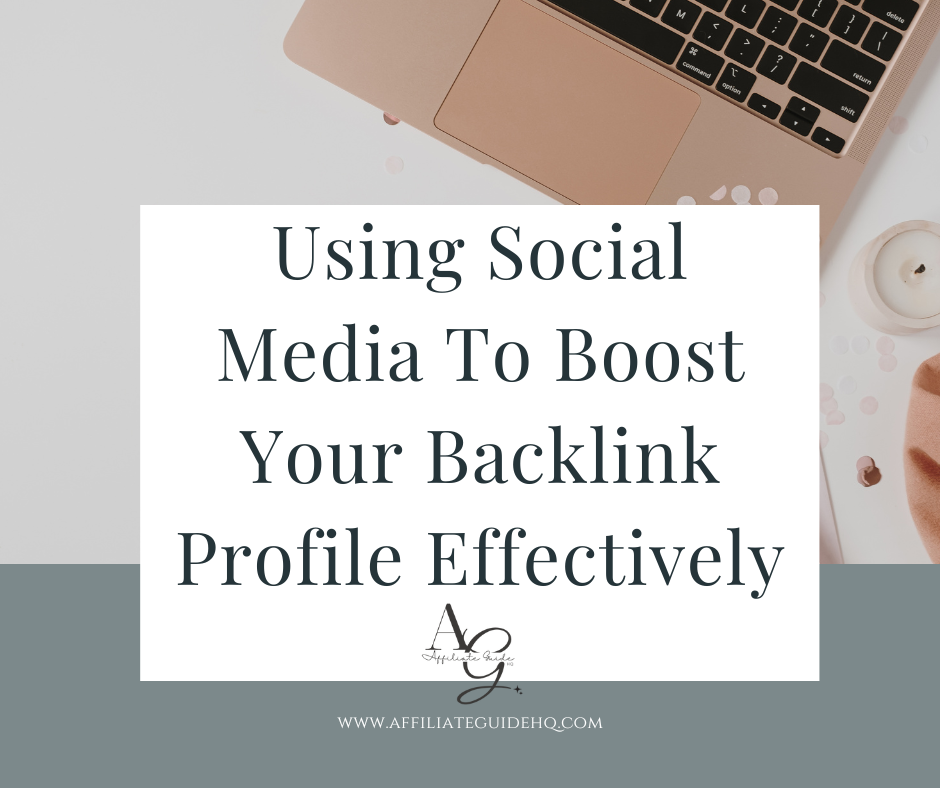
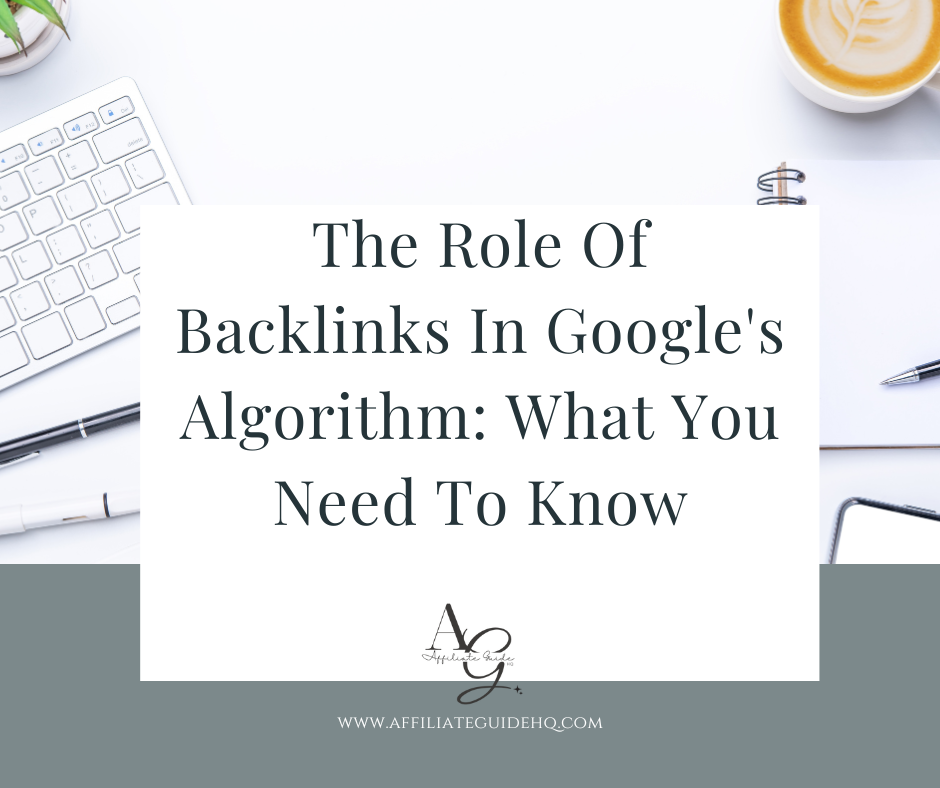
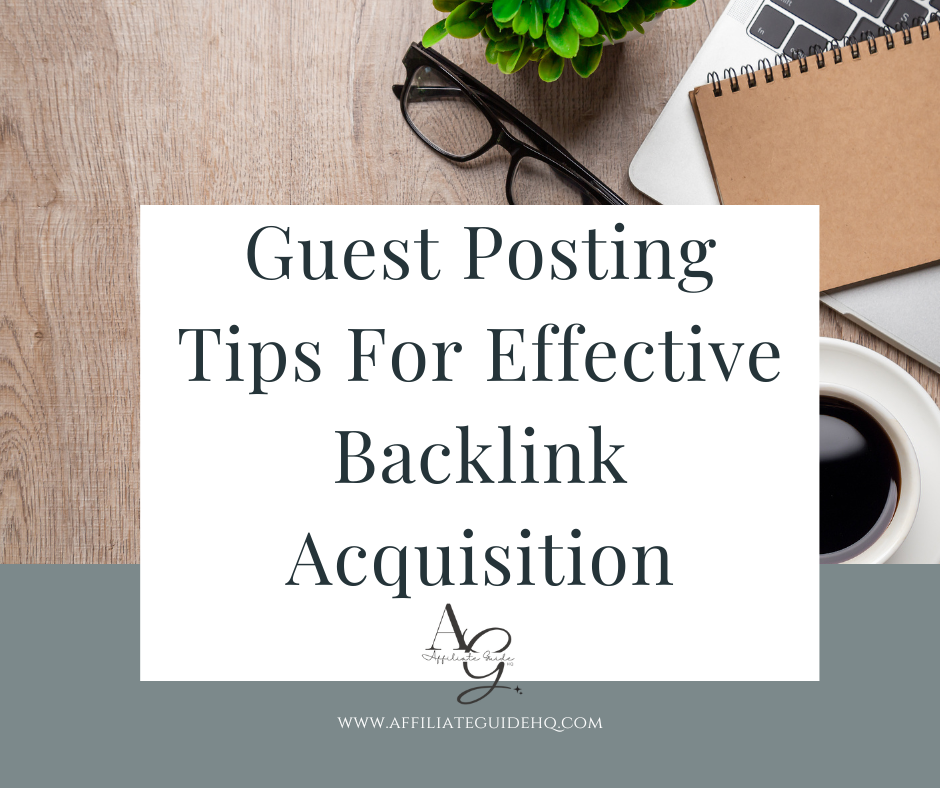
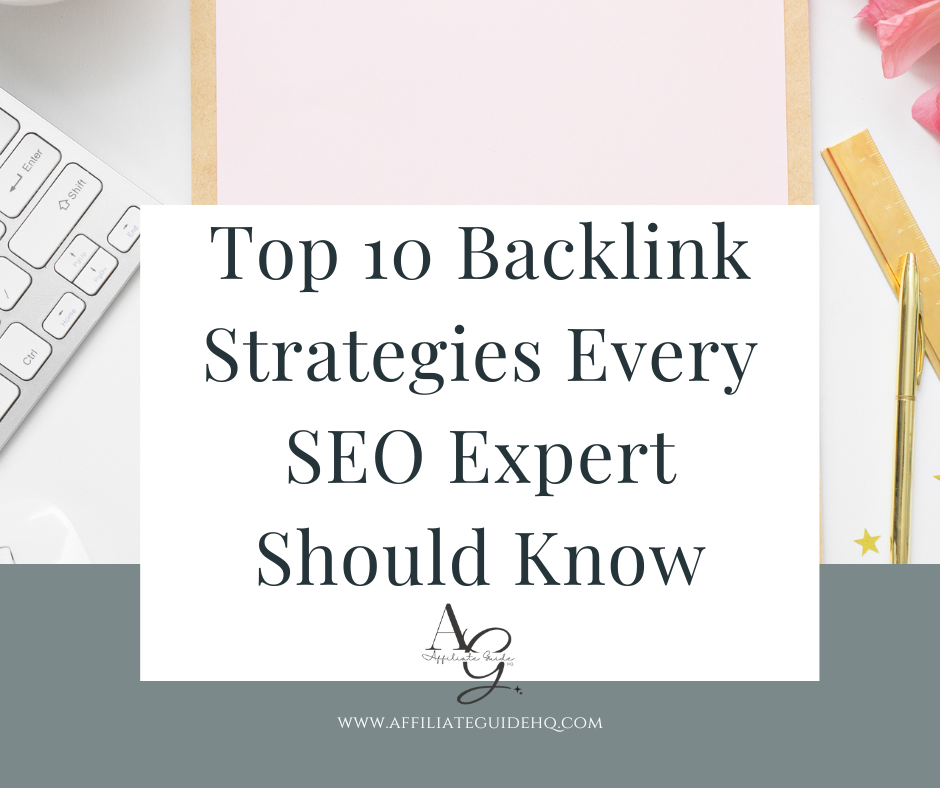
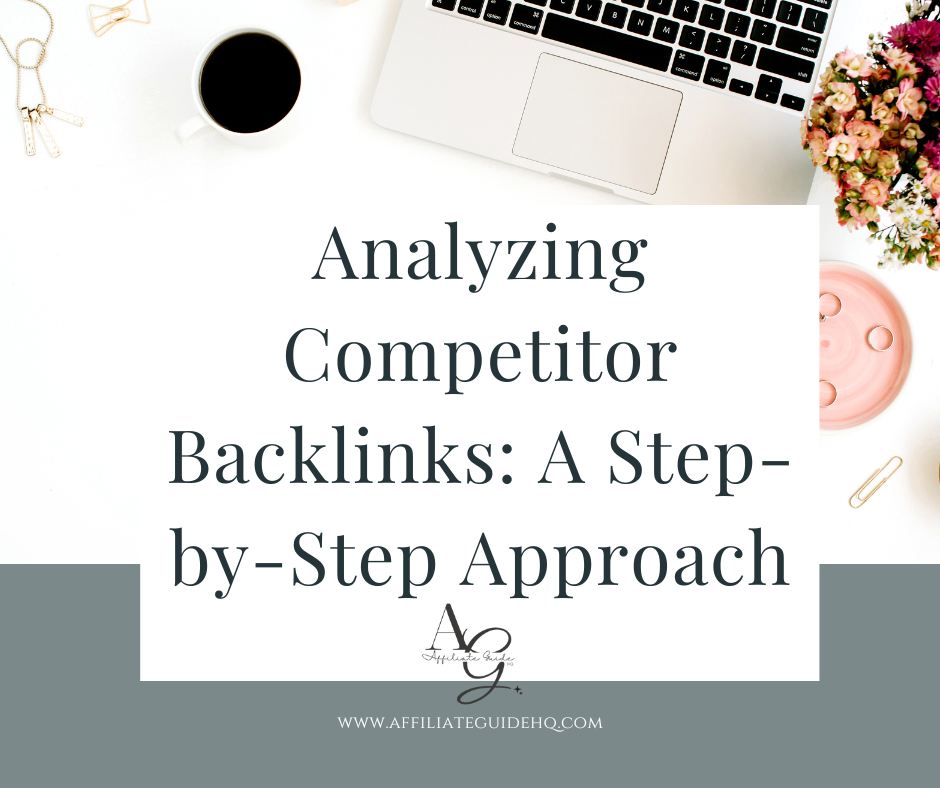
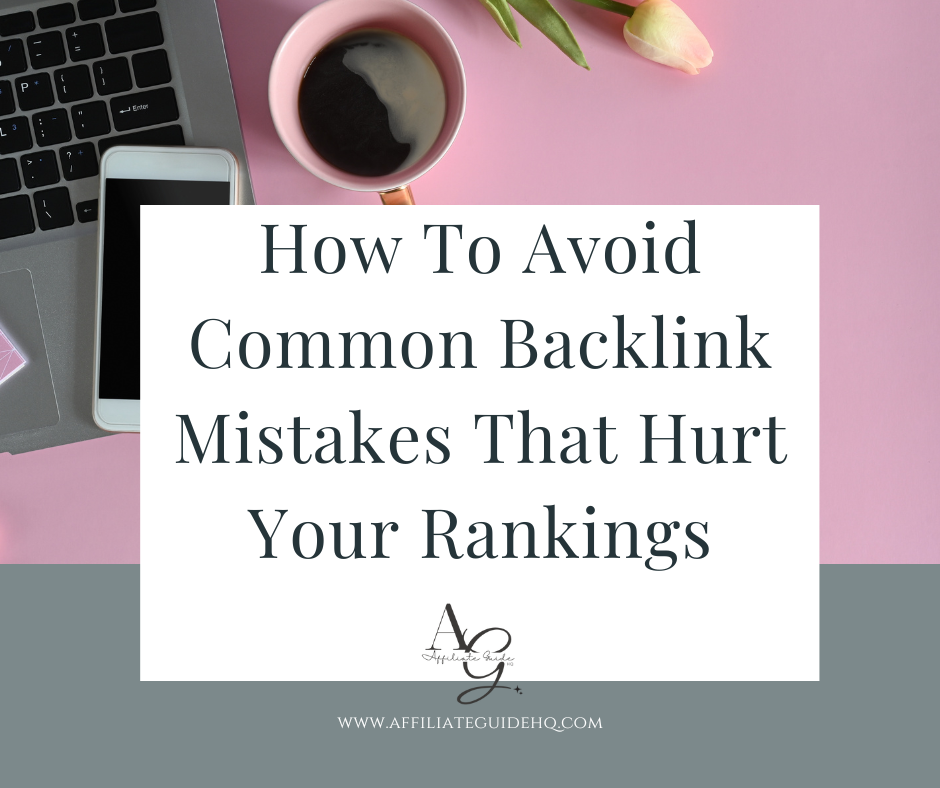
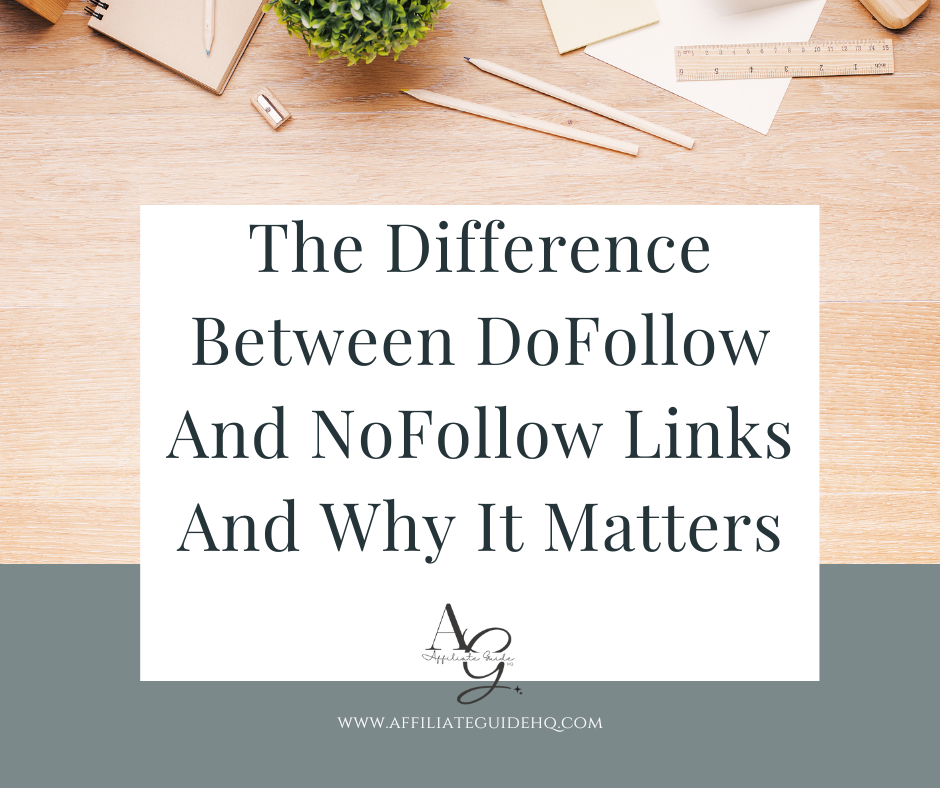
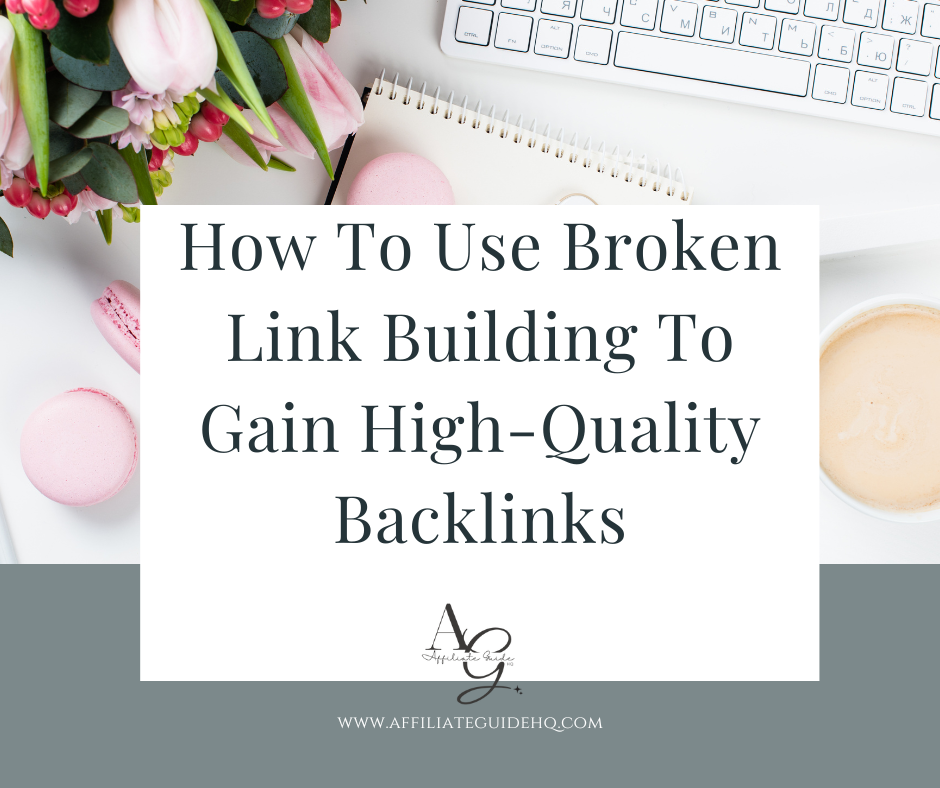
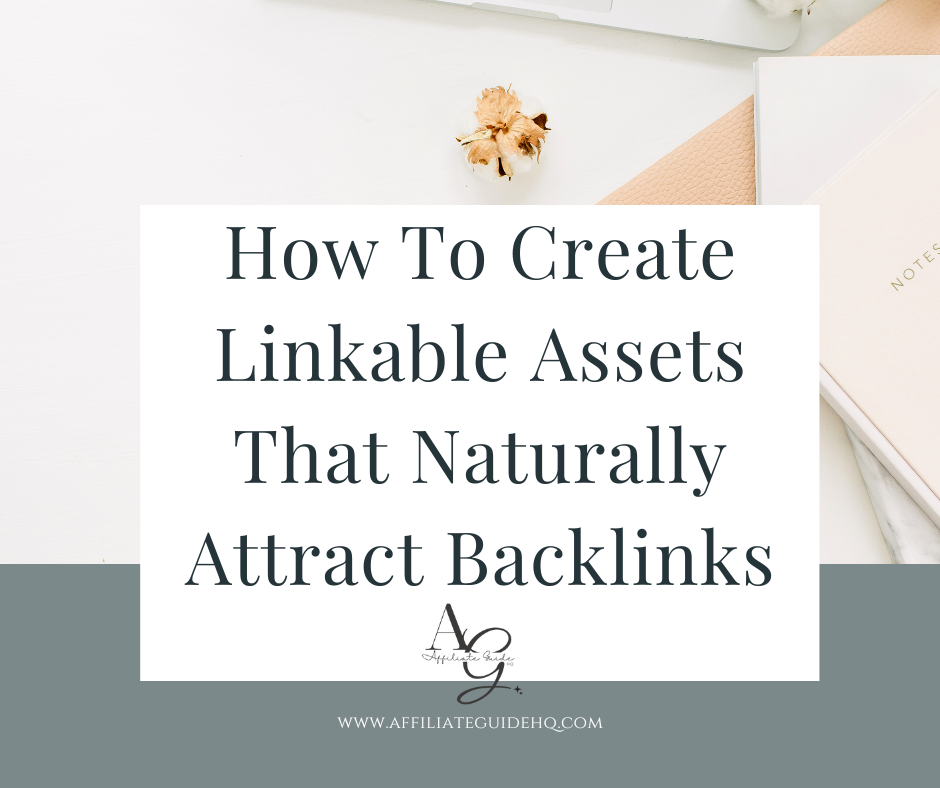
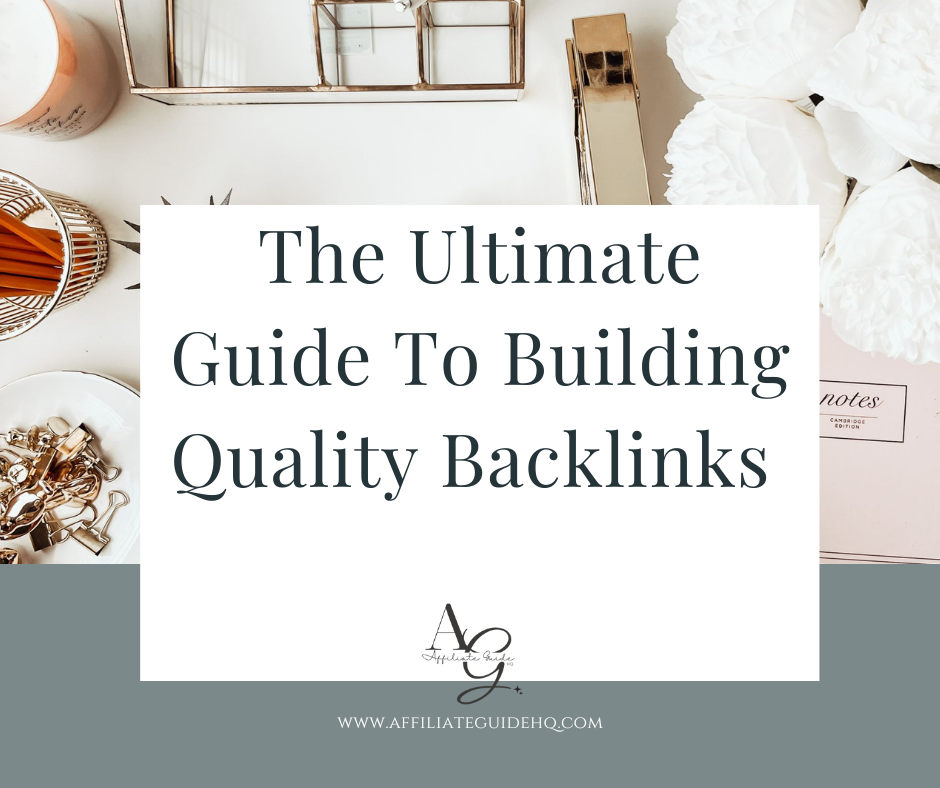
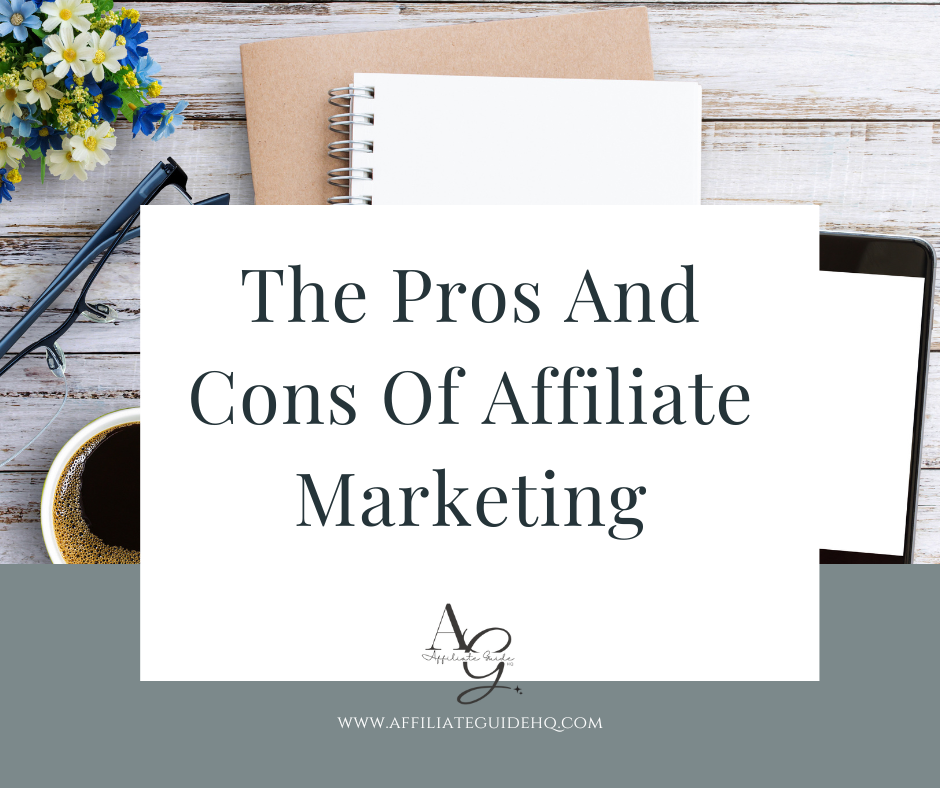
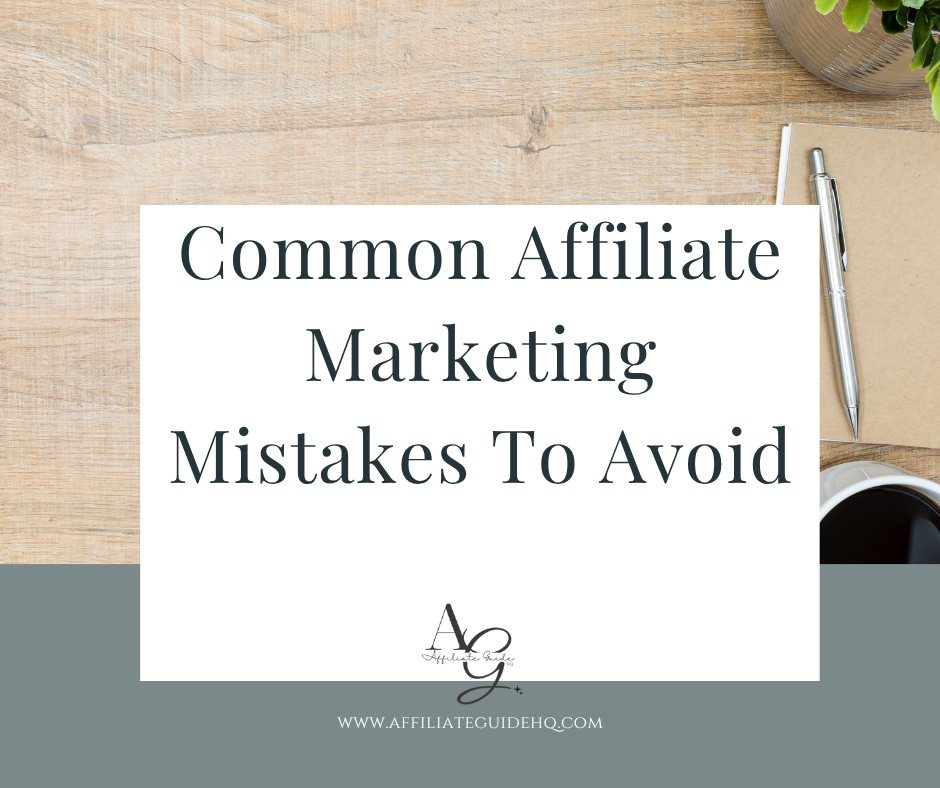
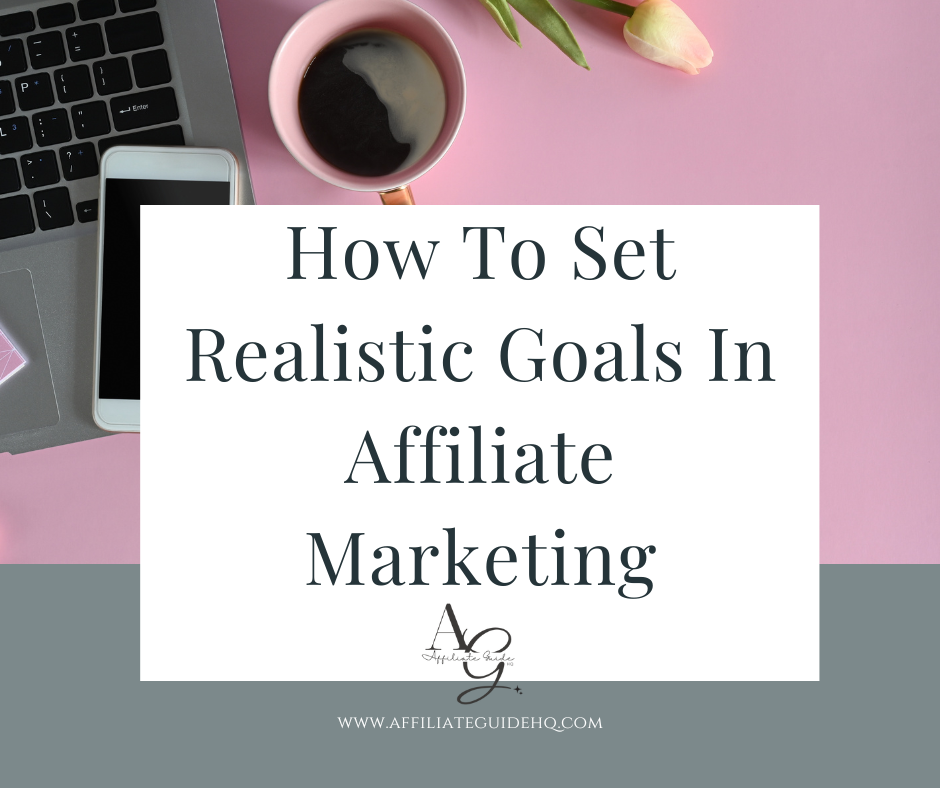
Leave a Reply